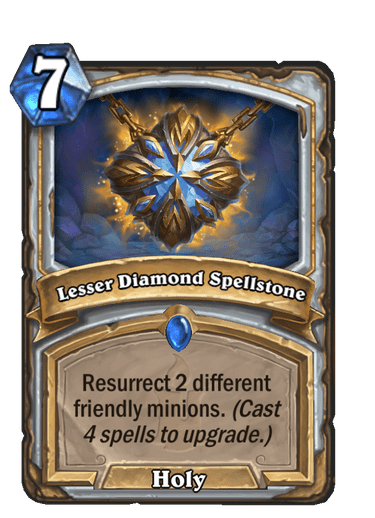

ĭespite the UN Resolution, UNITA was able to continue to sell or trade some diamonds in order to finance its war effort. The World Diamond Council reported that by 2004 this percentage had fallen to approximately 1% and up to today the World Diamond Council refers to this illegal trade to be virtually eliminated, meaning that more than 99% of diamonds being sold have a legal background. By 1999, the illegal diamond trade was estimated by the World Diamond Council to have been reduced to 4% of the world's diamond production.

Reports estimated that as much as 21% of the total diamond production in the 1980s was being sold for illegal and unethical purposes and 19% was specifically conflict in nature. In the twelve years that followed the end of the Cold War, resolutions imposing sanctions on resource exporters in ten different conflicts were passed at the Security Council of the United Nations. These findings have moved campaigners, policymakers and diplomats to devise regulatory interventions intended to prevent natural resources from funding continued fighting in the hope that this might hasten an end to those conflicts.
DIAMOND COUNT RUN PORTABLE
Gemstones and rare minerals are much better suited to this activity than heavier or otherwise less portable resources, however valuable those may be in times of peace. The need to realise financial value from the resource, means that the availability of 'futures' contracts, and suitability for looting, are key to its influence.

The different mode of production of kimberlite and alluvial diamonds explains why the presence of the latter in fought over areas fuels conflict in ways the former does not. Natural resources still funding fighters who don't possess them he argues is particularly 'dangerous' because this finance is available to those otherwise losing, or even yet to initiate armed conflict, so can make new conflicts possible or have the effect of lengthening those where defeat may have come sooner. This enables the presence of valuable natural resources to finance fighting for either side without being in production or even in the possession and control of said fighters. In these agreements, worth tens of millions of dollars, both rebels and government parties to conflict negotiate deals to realise value now from the prospect of resource exploitation in the future. ĭespite efforts to frustrate the sale of resources emerging from conflicts, a notable workaround is the agreement of what Michael Ross terms 'booty futures', citing examples mostly from the 1990s concerning diamonds and oil from conflicts in Sierra Leone, Liberia, Angola, Equatorial Guinea, Republic of Congo and Democratic Republic of Congo. These differences between primary and secondary diamonds in resource diffusion and cost of extraction are the basis for Lujana et al.'s rejection of non-resource based claims for Botswana and Sierra Leone's different experience of stability and conflict, since both countries have extensive diamond resources but in different formations. Alluvial diamonds are therefore more easily exploited by rebels. ĭeep mining for gold, kimberlite diamonds or other minerals requires the operation and maintenance of a capital-intensive facility alluvial deposits by contrast, can be exploited cheaply using artisan tools for however long the relevant land is secured. Gemstones are exceptionally light and small in relation to their value as observed by Richard Auty who presents the stark contrast – tens of thousands of times the price per kilogram – of diamonds compared to other resources and consequently how 'lootable' they are. Critical factors include location, mode of production, and subsequent route to market. Commodity prices on global markets, however, are not an adequate proxy for the economic value of a natural resource to participants in armed conflict.

Philippe Le Billon describes the 'conflict resources' argument resting on the suggestion that the most valuable resources, if available to the weaker force in a conflict, can 'motivate' and serve to sustain it.


 0 kommentar(er)
0 kommentar(er)
